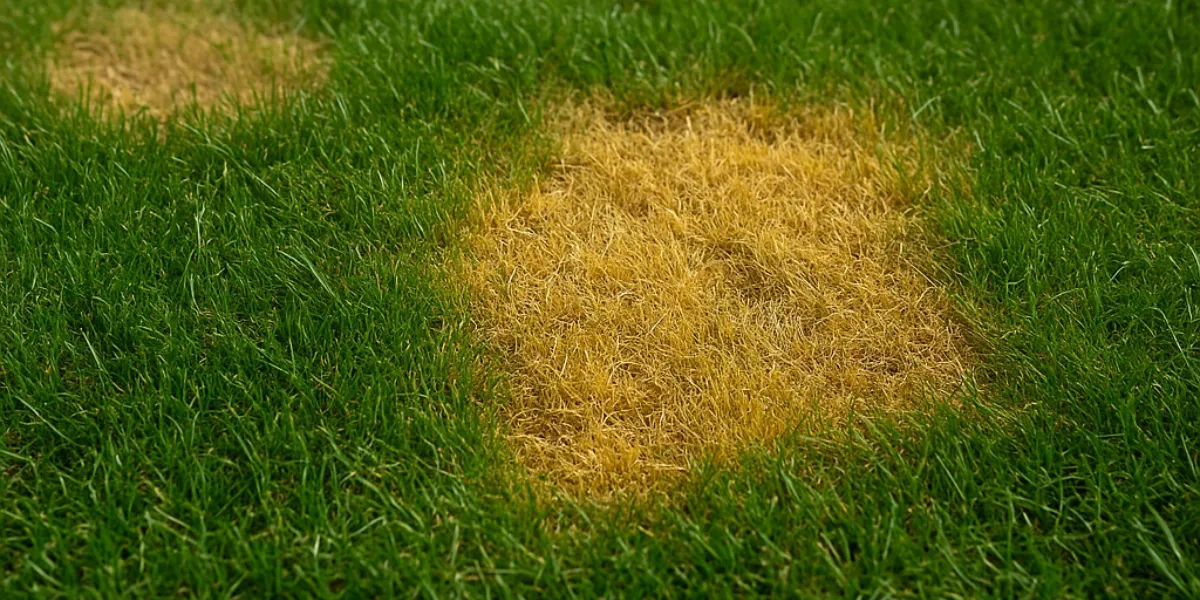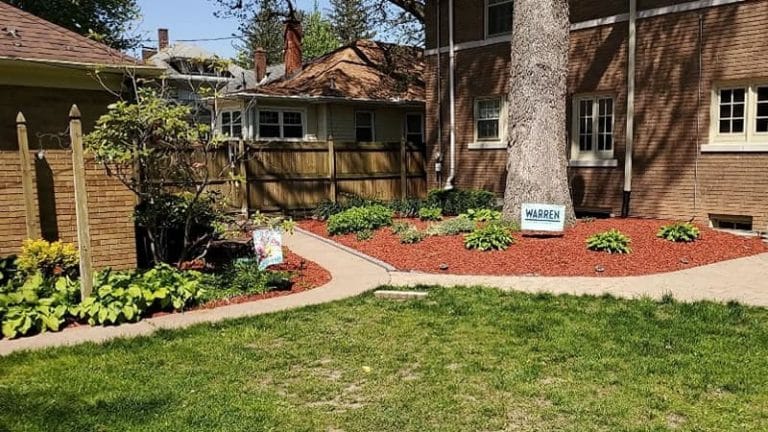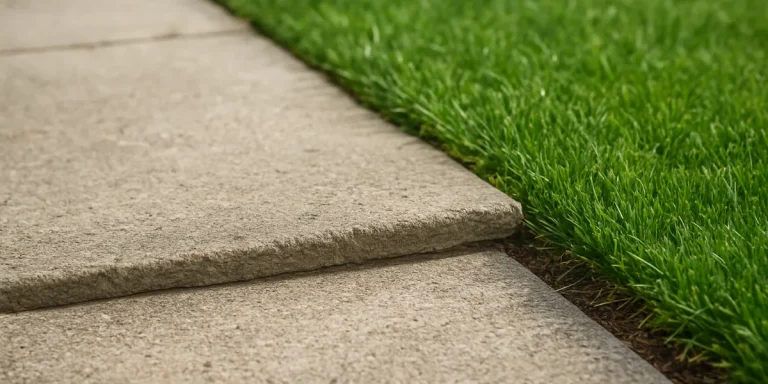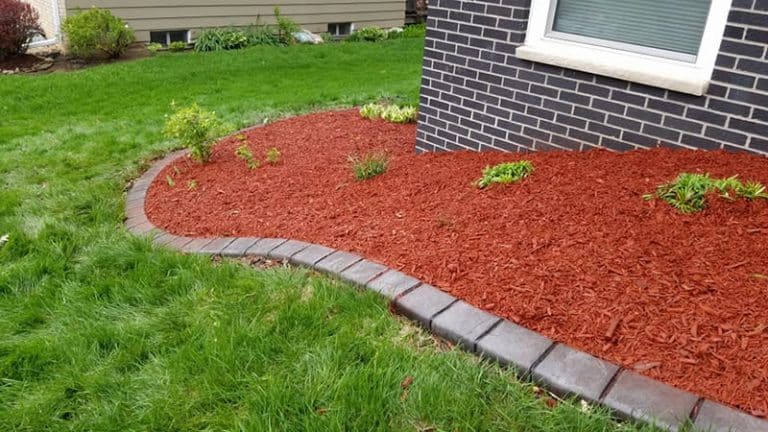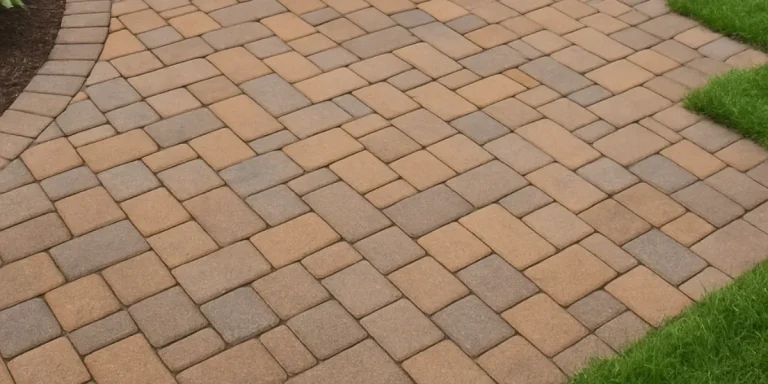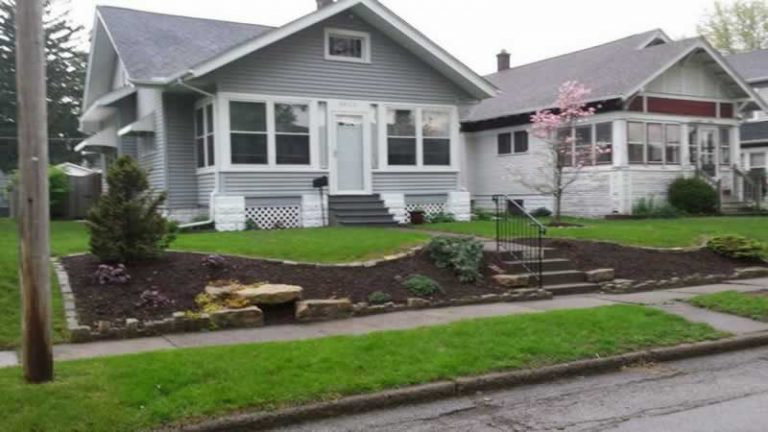Why Your Lawn Has Yellow Patches and How to Fix It
Yellow patches in your lawn are frustrating. You water, mow, and maintain it—but the grass still turns yellow in certain spots. This issue is common for homeowners across Moline and the surrounding areas, especially during hot, humid summers or after periods of heavy rain.
At Topscape Landscaping, we help homeowners identify the exact cause of yellowing grass and restore lawns to their full, healthy green. Below, we’ll walk you through the most common reasons your lawn may be turning yellow and what you can do to fix it—permanently.
What causes yellow patches in grass?
Yellow spots in your lawn can be frustrating—and they’re often a symptom of an underlying issue. While a few yellow blades here and there are normal with seasonal shifts, widespread discoloration typically signals a problem that needs to be addressed. In our experience working with Illinois lawns, we’ve found that yellowing is usually the result of one or more of the following issues:
1. Overwatering or poor drainage
Many homeowners assume more water equals a healthier lawn, but too much moisture can backfire. When the soil remains saturated, the grass roots can’t access oxygen, leading to root rot, disease, and yellowing. In heavy clay soils, common in parts of Moline and the Quad Cities, drainage problems are especially common.
What to look for:
-
-
- Grass that stays wet long after rainfall or irrigation
- Mushy or spongy soil underfoot
- Water puddles that linger in low spots
- Grass that flattens and doesn't bounce back after walking on it
-
Fix: Address the underlying drainage problem. Solutions may include regrading, adding a dry creek bed or French drain, or reducing your watering schedule. Topscape offers expert drainage solutions that correct soil saturation without damaging your landscape.
2. Underwatering or drought stress
Dry, compacted soil is another leading cause of yellow grass—especially during the hot, dry stretches of a typical Illinois summer. Without enough water, grass goes dormant or dies off entirely in exposed or sunny areas.
What to look for:
-
-
- Yellowing or browning in sunny or sloped areas
- Grass that crunches when walked on
- Soil that’s cracked or hard to the touch
- Lack of growth or slow recovery after mowing
-
Fix: Water deeply once or twice per week, allowing the top 6 inches of soil to stay moist without becoming soggy. Mornings are best, as watering in the evening can encourage fungus. Our lawn care team can help evaluate your irrigation habits and recommend better coverage techniques.
3. Pet urine damage
Dog urine is a concentrated source of nitrogen and salts, which can "burn" your grass. This causes yellow or dead patches—typically circular—surrounded by darker green, over-fertilized growth.
What to look for:
-
-
- Small, round yellow spots that appear seemingly overnight
- Patches in high-traffic areas where pets frequently relieve themselves
- Yellowing accompanied by dark green “halos” of healthy growth
-
Fix: Encourage pets to use a designated area, preferably with gravel or mulch. Rinse any new spots with water immediately after urination to dilute the nitrogen. If damage has already occurred, we offer targeted lawn repair services including aeration, reseeding, and sod installation.
4. Lawn diseases and fungal infections
In humid environments or after long stretches of wet weather, lawns are susceptible to turf diseases. Common fungal culprits in Illinois include brown patch, dollar spot, and rust, all of which can cause irregular yellowing and spread if untreated.
What to look for:
-
-
- Circular yellow or brown patches that increase in size
- Grass blades coated with white, orange, or gray mold/fuzz
- Yellowing in shaded or poorly drained areas of the lawn
-
Fix: Apply an appropriate fungicide and improve lawn airflow through core aeration and dethatching. Avoid watering in the evenings, and mow with clean, sharp blades. Our team can diagnose the exact issue and apply the correct treatment to restore your turf.
5. Nutrient deficiencies
Just like any living organism, grass requires the right nutrients to thrive—especially nitrogen. A deficiency can lead to stunted growth, pale blades, and yellow patches across your lawn.
What to look for:
-
-
- Widespread yellowing without a specific pattern
- Poor grass density or slow growth despite watering
- Lawn looks dull or lacks its normal green vibrancy
-
Fix: Conduct a soil test to determine what’s missing. We often find that compacted or sandy soils in the Moline area are low in key nutrients. Based on the results, we apply a tailored lawn fertilization program using commercial-grade treatments to restore health and color.
6. Mower damage or improper mowing practices
Mowing may seem simple, but doing it wrong can damage your lawn. Cutting your grass too short (scalping), mowing with dull blades, or mowing in extreme heat can all stress the turf and cause yellowing.
What to look for:
-
-
- Blades with ragged, yellowed tips
- Uneven patches that discolor after mowing
- Lawn that appears stressed or thin in freshly cut areas
-
Fix: Keep mower blades sharp and follow the one-third rule—never remove more than a third of the blade height at once. Avoid mowing during the hottest part of the day. Topscape provides professional mowing and lawn maintenance as part of our landscape care packages, ensuring your lawn stays healthy with every cut.
How Topscape Landscaping can help
At Topscape Landscaping & Lawn Care, we understand that yellow lawn patches can be frustrating and confusing. The key to fixing them isn’t just throwing down seed or fertilizer—it’s about accurately diagnosing the issue and applying the right long-term solution. That’s where our experience and local expertise make all the difference.
We don’t guess—we investigate and solve.
Yellow patches can result from a wide range of factors, from poor drainage and compacted soil to pet damage, fungus, or nutrient deficiencies. Our team takes a systematic approach to identifying the cause so we can restore your lawn with solutions that actually work. Here’s how we help:
-
- Lawn health inspections and diagnostics
We start by inspecting your lawn to look for signs of overwatering, disease, pest damage, or nutrient imbalances. Our trained technicians know what to look for and how to pinpoint the problem quickly—saving you time and money. - Fertilization and weed control programs
Illinois soil conditions vary greatly from property to property. We offer custom fertilization plans designed to restore nitrogen, iron, and other essential nutrients. Our weed control services prevent competition and allow your grass to thrive without invasive species draining resources. - Core aeration and overseeding
Compacted soil is a major cause of yellowing and thinning. Aeration breaks up the soil to allow better airflow, water penetration, and root growth. Overseeding fills in bare or thinning areas with high-quality, locally appropriate grass seed to improve density and color. - Drainage solutions for saturated lawns
If water is pooling in certain areas or your lawn stays wet for days after rain, we offer professional drainage improvements. This may include grading your lawn, installing French drains, adding swales, or even reconfiguring downspouts to redirect runoff. - Lawn repair and sod installation
For lawns that have suffered significant damage, we offer complete lawn renovation services. Whether through reseeding, topdressing, or fresh sod installation, we’ll help you restore your turf quickly and professionally.
- Lawn health inspections and diagnostics
Trusted local lawn care professionals
We’ve spent years helping homeowners across Moline and the Quad Cities region achieve lush, healthy lawns—even in the face of disease, heat, poor soil, or drainage problems. We know the local climate, grass types, and soil conditions inside and out, and we take pride in delivering real, visible results.
Whether your yellow patches are caused by something simple or more complex, we’ll create a clear, customized plan to get your lawn back on track—and keep it that way.
Proudly serving Moline and nearby communities
Topscape Landscaping provides expert lawn care and landscape solutions in:
We know the soil, weather, and grass types common to the Quad Cities region—and we build every solution with long-term results in mind.
Get your green lawn back—starting today
Don’t settle for a patchy, yellow lawn.
If your lawn is struggling and you’re not sure why, let our team take a look. Contact Topscape Landscaping today to schedule a lawn health assessment or request a free estimate. From diagnosis to full recovery, we’re here to help you get a lush, green yard you’ll be proud of—all season long.

